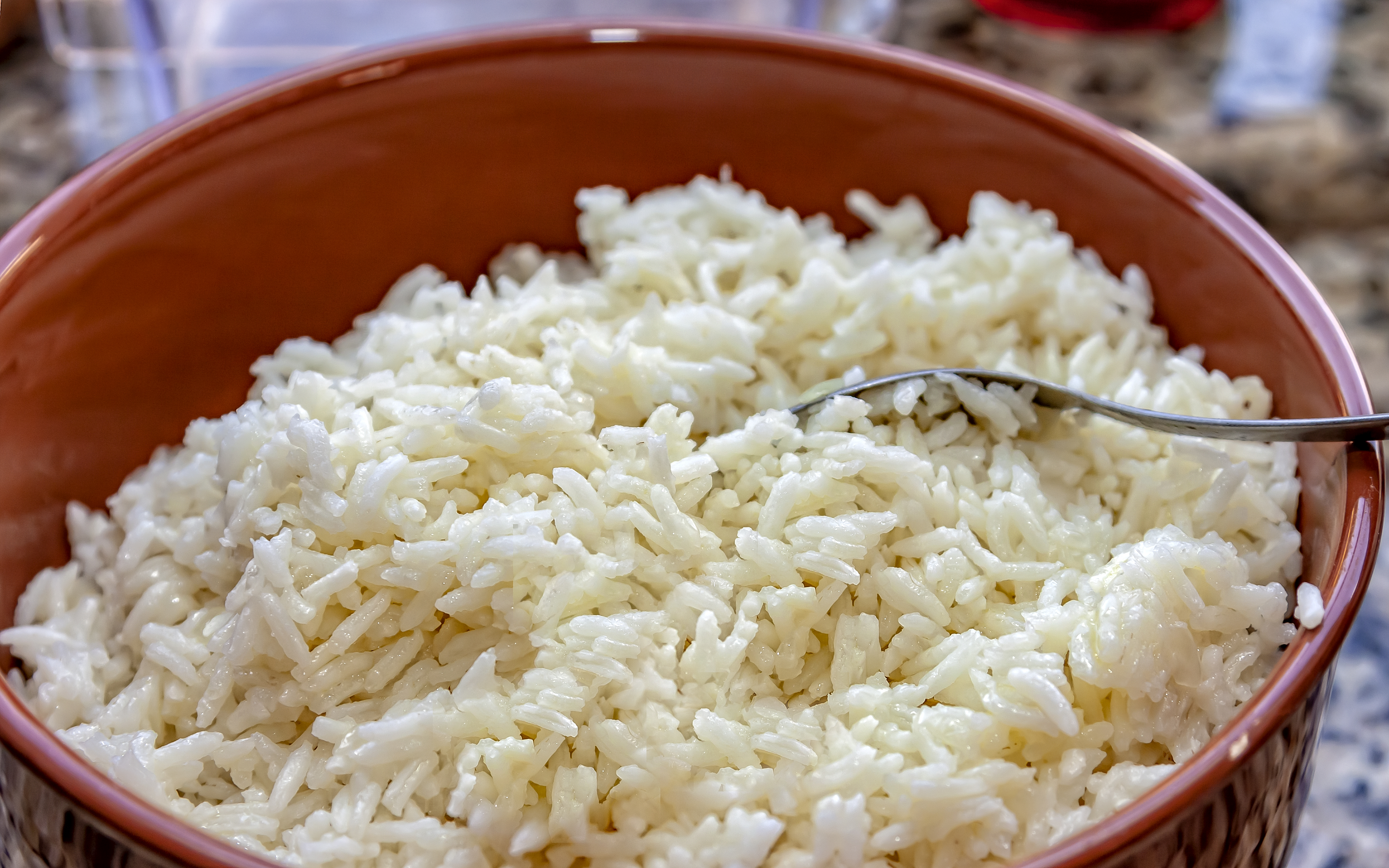Budget-Friendly Recipes: Eat Well During Recession Fears
'Recession Meals': Food Creators Cook Up Budget-Friendly Recipes for Tough Times
Introduction: Penny-Pinching and Plate-Licking in an Uncertain Economy
Are you feeling the pinch at the grocery store? You’re not alone. With economic uncertainty looming, many Americans are tightening their belts and looking for ways to save money. But does saving money mean sacrificing deliciousness? Absolutely not! Food creators are rising to the occasion, whipping up budget-friendly recipes that prove you can eat well without breaking the bank. In times of economic hardship, the kitchen becomes a battlefield where creativity and resourcefulness reign supreme.
The Economic Storm Brewing: Tariffs, Uncertainty, and Your Wallet
Let's face it: the economy can feel like a rollercoaster. Recent tariffs and potential trade wars have sent ripples through various industries, and the grocery sector is no exception. Discussions with China over tariffs are ongoing, and if high tariffs remain, some experts predict a recession could hit as early as 2025.
The Tariff Tightrope: How Trade Wars Affect Your Plate
Remember when you could grab a bag of your favorite coffee without a second thought? Those days might be fading. Tariffs, essentially taxes on imported goods, could significantly inflate the prices of everyday essentials. We're talking about produce, coffee, fruit, cheese, nuts – the staples that keep us going! This is not just a political game; it's a direct hit to your grocery bill.
Inflation's Bite: Groceries Already Getting Pricier
Even without tariffs, the cost of groceries has been steadily climbing. Inflation, that invisible thief, is eroding our purchasing power. It's like trying to fill a bucket with a hole in the bottom; the same amount of money just doesn't go as far as it used to.
#BudgetMeals: The TikTok Revolution
Despair not! In the digital age, solutions are just a hashtag away. Enter #budgetmeals, a TikTok phenomenon showcasing creative and cost-effective recipes. From March 23 to April 22, posts using the hashtag #budgetmeals saw a 20% surge, proving that people are actively seeking ways to save money on food. TikTok, once known for dance trends, is now a hub for culinary ingenuity in the face of economic pressure.
Food Creators to the Rescue: Culinary Heroes of the Common Kitchen
Who are these culinary superheroes? They're everyday cooks, professional chefs, and everyone in between, sharing their secrets for delicious and affordable meals. They’re the modern-day Martha Stewarts, but with a focus on financial savvy. They’re showing the world that budget-friendly doesn't have to mean bland or boring.
Embracing the Pantry: The Forgotten Gold Mine
Before you even think about heading to the store, take stock of what you already have. Your pantry is a treasure trove of possibilities! Those forgotten cans of beans, that half-used bag of rice, those spices lurking in the back – they're all ingredients waiting to be transformed.
The Art of Meal Planning: Reduce Waste, Save Money
Meal planning is like having a roadmap for your week. By planning your meals in advance, you can buy only what you need, reducing food waste and saving money. Plus, it eliminates the dreaded "What's for dinner?" dilemma. A little planning goes a long way in battling both food waste and budget overruns.
Cheap and Cheerful: Recipes That Won't Break the Bank
Now for the good stuff: the recipes! Let's explore some budget-friendly meals that are both delicious and easy to make.
Lentil Soup: A Protein-Packed Powerhouse
Lentils are nutritional powerhouses and incredibly affordable. A simple lentil soup, flavored with vegetables, herbs, and spices, is a hearty and satisfying meal that can feed a family for days. Add a squeeze of lemon juice at the end to brighten up the flavors.
Bean Burrito Bowls: Customizable and Cost-Effective
Black beans, pinto beans, kidney beans – the options are endless! Combine your favorite beans with rice, salsa, avocado (if your budget allows), and a dollop of sour cream for a customizable and cost-effective burrito bowl. Think of it as a blank canvas for your culinary creativity.
Pasta Power: From Basic to Brilliant
Pasta is a pantry staple for a reason. It's versatile, affordable, and can be transformed into countless dishes. A simple pasta with tomato sauce, garlic, and herbs is a classic for a reason. You can also add vegetables, beans, or leftover cooked chicken for a more substantial meal.
Egg-cellent Choices: Beyond Breakfast
Eggs are an incredible source of protein and surprisingly cheap. They're not just for breakfast! Make an omelet with leftover vegetables, scramble them with black beans and salsa, or hard-boil them for a quick and easy snack. A frittata is also a great way to use up leftover vegetables.
Strategic Shopping: Maximize Your Budget
Saving money at the grocery store is an art form. Here are some tips and tricks to help you become a master shopper.
Bulk Buying: Savings in Size
Buying in bulk can save you money in the long run, especially for non-perishable items like rice, beans, and pasta. Just make sure you have enough storage space and that you'll actually use everything you buy.
Seasonal Savings: Eat What's in Season
Fruits and vegetables are typically cheaper when they're in season. Check your local farmers market for the best deals. Plus, eating seasonal produce is a great way to support local farmers.
The Power of Leftovers: Reduce Waste, Save Money
Don't throw away those leftovers! Repurpose them into new meals. Leftover roasted chicken can be used in sandwiches, salads, or soups. Leftover rice can be made into fried rice or rice pudding. Leftovers are not just reheated meals; they are ingredients for new culinary adventures.
Freezing Food: Preserve Your Budget
Freezing is your friend! Freeze leftover ingredients, extra portions of meals, and even vegetables that are about to go bad. This can save you money and reduce food waste. Label everything clearly with the date to avoid freezer mystery items.
Community Cooking: Sharing is Caring (and Cost-Effective!)
Consider organizing potlucks or recipe swaps with friends and neighbors. Sharing meals is a great way to save money and try new dishes. Plus, it's a fun way to build community.
Gardening on a Dime: Grow Your Own Savings
Even if you don't have a lot of space, you can grow your own herbs and vegetables in containers. A small herb garden can add flavor to your meals and save you money on grocery store herbs. Even a single tomato plant can yield a surprising amount of fruit.
The Psychology of Savings: A Mindset Shift
Saving money is not just about cutting costs; it's about changing your mindset. It's about being mindful of your spending habits and making conscious choices. It's about viewing food as nourishment and not just as entertainment. Embrace the challenge and turn penny-pinching into a culinary adventure.
Conclusion: Delicious on a Dime – You Can Do It!
The prospect of a recession can be daunting, but with a little creativity and resourcefulness, you can navigate the economic storm without sacrificing deliciousness. Embrace budget-friendly recipes, strategic shopping, and a mindful approach to food. Remember, eating well on a budget is not just about saving money; it's about being resourceful, creative, and connected to your community. So, grab your apron, sharpen your knives, and get cooking! The kitchen is your canvas, and the possibilities are endless.
Frequently Asked Questions (FAQs)
Here are some frequently asked questions to help you navigate the world of budget-friendly cooking:
- What are some affordable protein sources besides meat?
Lentils, beans, eggs, tofu, and Greek yogurt are all excellent and affordable sources of protein.
- How can I reduce food waste?
Plan your meals in advance, store food properly, use leftovers creatively, and freeze ingredients that are about to go bad.
- What are some essential pantry staples for budget cooking?
Rice, pasta, beans, lentils, canned tomatoes, onions, garlic, and spices are all essential pantry staples.
- How can I make my meals more flavorful without spending a lot of money?
Use herbs, spices, garlic, and lemon juice to add flavor to your dishes. You can also make your own spice blends to save money.
- What are some good resources for finding budget-friendly recipes?
Websites like Budget Bytes, Allrecipes, and Food.com offer a wide variety of budget-friendly recipes. You can also find inspiration on social media platforms like TikTok and Pinterest.

